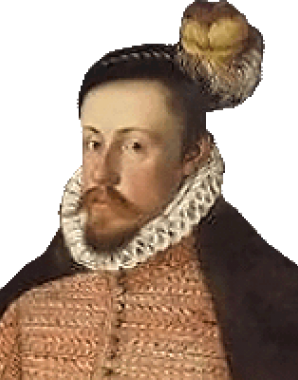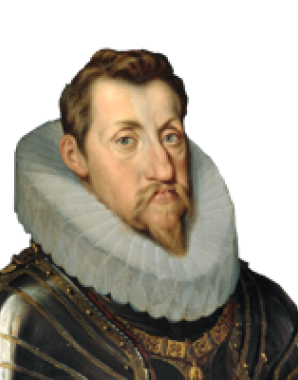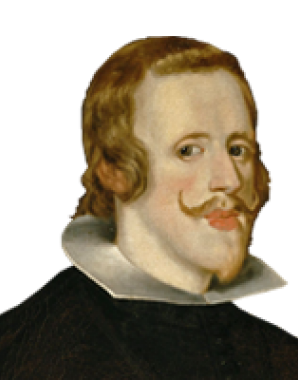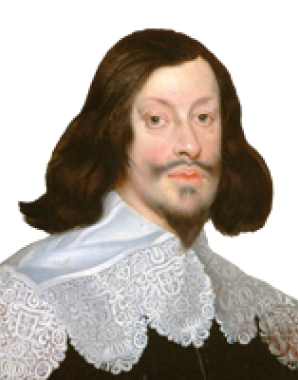Philip III: marriage and offspring
Philip was married to Archduchess Margarete (1584–1611) from the Styrian line of the Habsburgs. Margarete was a daughter of Archduke Charles of Inner Austria and the sister of the future emperor Ferdinand II.
Originally her elder sister Katharina Renata had been intended for this marriage, but she had died at an early age. The next eldest sister, Gregoria Maximiliana, who then became the next candidate for marriage to the Spanish prince, also died before the negotiations could be concluded.
Eventually the lot fell to Margarete. She had been given a strict religious upbringing at the rather staid court at Graz. By all accounts the marriage was very harmonious, and Margarete developed a keen interest in politics. In contrast to her husband she took an active part in the affairs of state, becoming a rival to Philip’s powerful favourite Lerma and the focus of an oppositional group at court.
Although the couple were closely related the union resulted in numerous surviving offspring: out of eight children five reached adulthood.
The eldest daughter Anna (1601–1666) is better known to history as Anne d’Autriche, the wife of the French king Louis XIII. She struggled at first with her difficult position at the French court. The all-powerful Cardinal Richelieu was an influential adversary, and her relationship with her husband was complicated, in that he rejected his wife outright. It was not until twenty years of marriage and a series of stillbirths that she gave birth to a son who would become Louis XIV. After her husband’s death in 1643 she reigned in her son’s stead, continuing the absolutist policies of Richelieu. Supported by Cardinal Mazarin, in foreign policy matters she steered an uncompromising course in establishing France as a Great Power, which led to her waging war against her own brother, Philip IV. She prepared the ground for her son, the later Sun King.
A daughter named Marie was born in 1603 but died in infancy. She was followed in 1605 by a son, the heir to the throne, later Philip IV.
In 1606 another daughter, Maria Anna (1606–1646), was born. She would become the wife of Emperor Ferdinand III, in yet another example of a consanguineous Habsburg marriage.
In 1607 another son, Charles (1607–1632), was born, who would became governor of Portugal. Politically very ambitious, he became a rival of his elder brother, but died of typhus at the age of twenty-five.
The next son, Ferdinand (1609–1641), was born in 1609. As there were now enough sons to secure the succession, he was intended for a career in the Church. As cardinal-infante he became a high-ranking ecclesiastical dignitary and was appointed archbishop of Toledo at the tender age of ten, without having been ordained as a priest. This meant that he could be restored to the secular state should his elder brothers die young or remain childless. Ferdinand was also appointed governor in the Spanish Netherlands and showed great military gifts, but died in 1641 at the age of only thirty-two.
Two further children followed, Margareta, born in 1610, and Alfonso, born in 1611, both of whom died in childhood. Aged just twenty-six, their mother died shortly after the birth of her last child.
Philip remained a widower for the rest of his life, not least because he had provided a sufficient number of male offspring: three surviving sons represented a unique occurrence in the case of the Spanish Habsburgs, who were otherwise constantly plagued by a lack of male heirs.
















